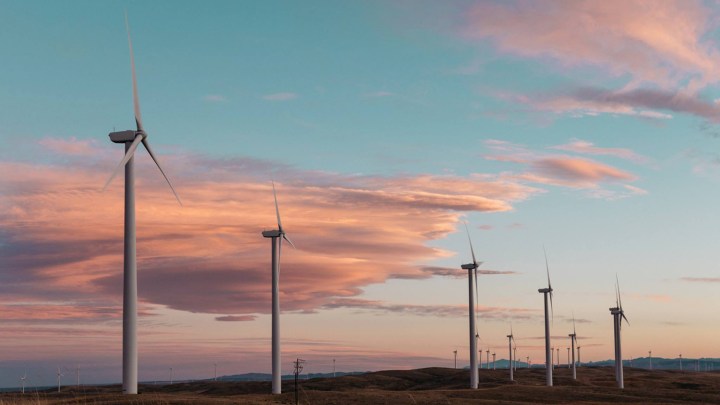
What it comes down to is increasing efficiency and scale of our renewable energy generation. For example, the nation’s southwest from California to western Texas is prime real estate for solar power generation, while the midwest from North Dakota’s border with Canada south through Oklahoma and central Texas is prime for wind energy generation.
Transmission infrastructure also needs to be improved, but even with those investments energy production would be generated at costs similar to today’s. The sun will always be shining somewhere, and the winds blowing elsewhere, so the problem really comes down to a matter of scale.
Because the US has only partially committed to renewable energy, its effectiveness is intermittent. We are at the mercy of mother nature: if a weather system passes too far away from a wind turbine field, the propellers don’t spin. If solar panels are placed in areas with foul weather, when it’s cloudy they won’t generate the energy we’re looking for.
To answer these questions, researchers created a model that would evaluate the cost of generating energy from a variety of sources. It was also given the ability to build out and pay for infrastructure improvements. Each time, the model built out more renewable energy generation than currently exists, while also upgrading the nation’s power transmission system to more efficient methods.
The model’s results call for a spreading out of renewable energy generation, while also investing in better transmission lines, called high-voltage direct current (HVDC) lines. These modern transmission lines are much more efficient in transmitting generated electricity across longer distances with less loss. This would help keep transmission costs low.
“With an ‘interstate for electrons,’ renewable energy could be delivered anywhere in the country while emissions plummet,” co-lead author of the study Alexander MacDonald says. “An HVDC grid would create a national electricity market in which all types of generation, including low-carbon sources, compete on a cost basis. The surprise was how dominant wind and solar could be.”
The study found that even in scenarios where renewable energy cost more than they predicted, emissions were still reduced by one third by 2030 and generation cost 8.6 cents per kilowatt hour. In a situation where natural gas emissions cost more, and renewable energy less, emissions were cut by the 78 percent mentioned above, while costing 10 cents per kWh.
Today’s electricity generation costs about 9-10 cents per kWh.


